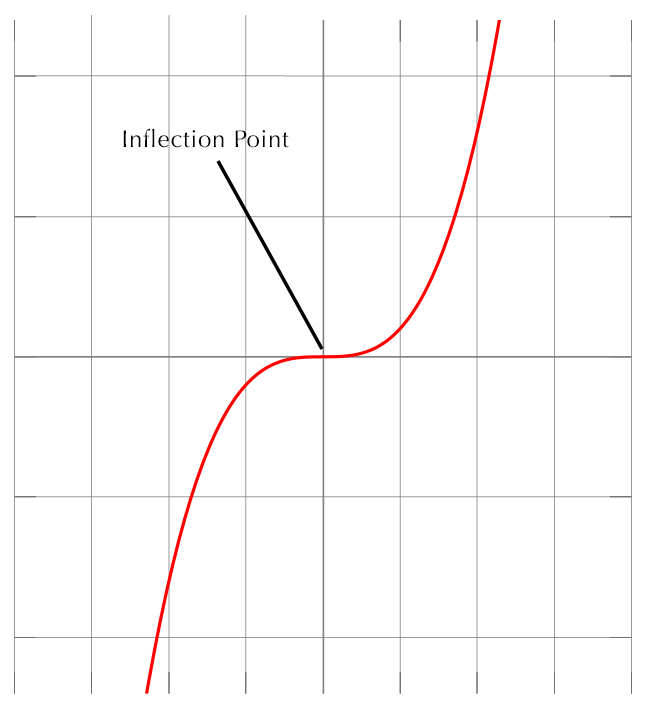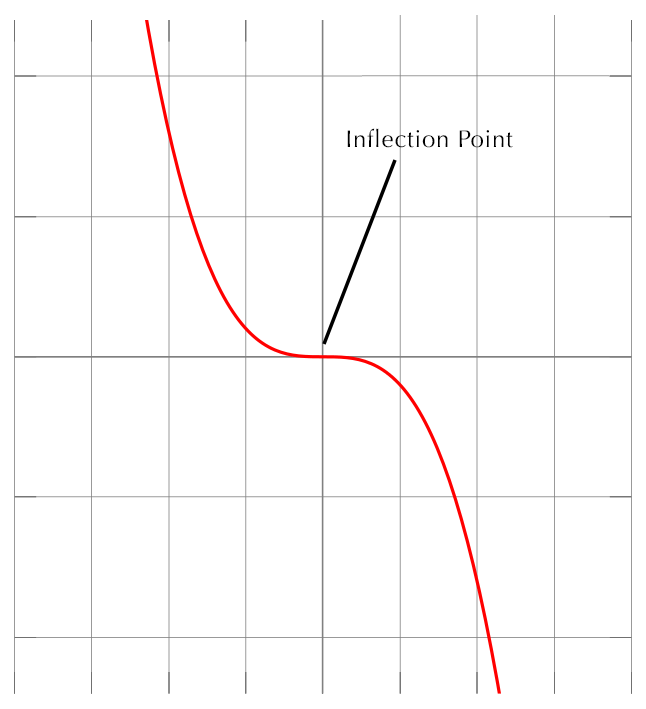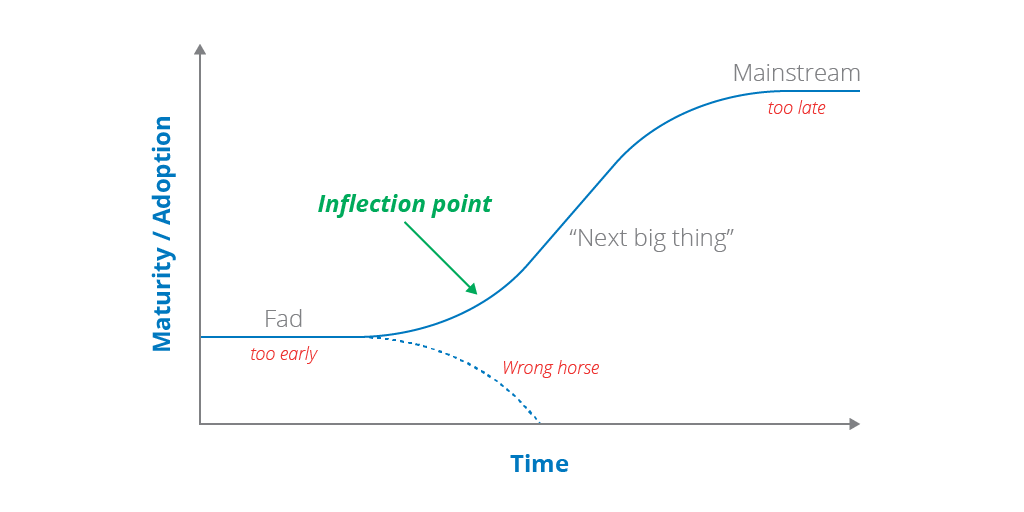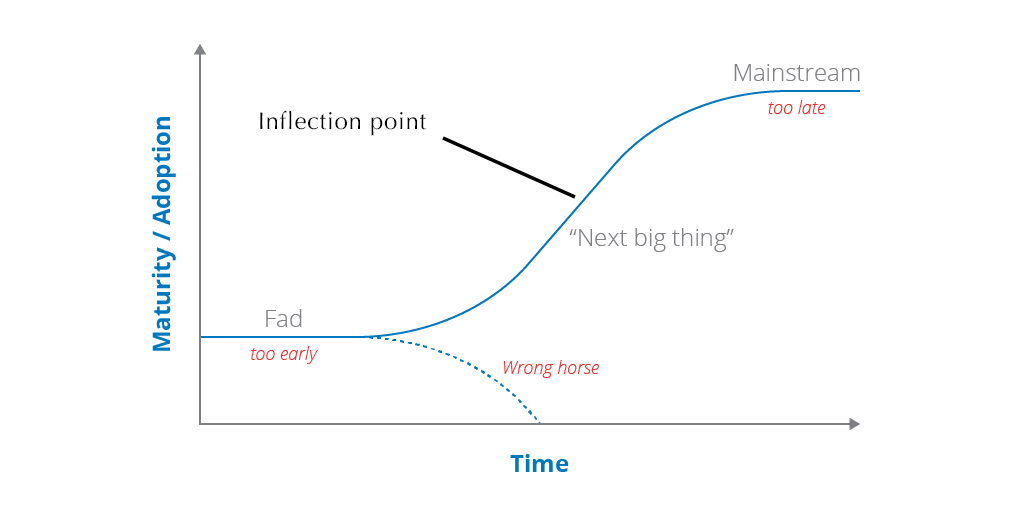I’ve often bemoaned the fact that so many garments, bags, etc are spoiled by the failure of their zipper; an event which turns something previously warm and cozy into a source of frustration. But unstitching the zip and installing a new one is often tricky and therefore time-consuming or expensive; generally not worthwhile on an old garment or bag.
Not all zipper failures are terminal, however; many can obviously be repaired with a bit of jiggling, but many more can probably also be fixed with some cunning techniques. A retweet by my friend Lyndsay got me thinking along these lines, and I went and searched YouTube for ‘zipper repair’, and you can find a wealth of tips and suggestions: almost anything except significant loss of teeth can be fixed without the zipper needing to be replaced.
Here are some basic tips to get started:
But for a larger selection of example fixes, you might want to browse this playlist from UCAN, a US-based zipper company. Lots of good stuff there.
OK, so what’s that bit in the title about plumbers?
Well, it’s not, I admit, a very obvious connection, except that if you’re in the mood for fixing things yourself, I’ve become a fan of another source of YouTube wisdom. There’s a retired plumber named Al who has a great set of videos about how to fix various plumbing issues: what to do if your kitchen mixer tap is leaking into the cupboard below, suggestions for fixing leaking gutters, how to use compression couplings to join copper pipes…
Al has uploaded hundreds of videos on all sorts of topics, not just plumbing, but I do like his plumbing ones: they’re completely unpretentious, unbiased chunks of accumulated wisdom and it’s just the sort of thing YouTube does well.




















Recent Comments